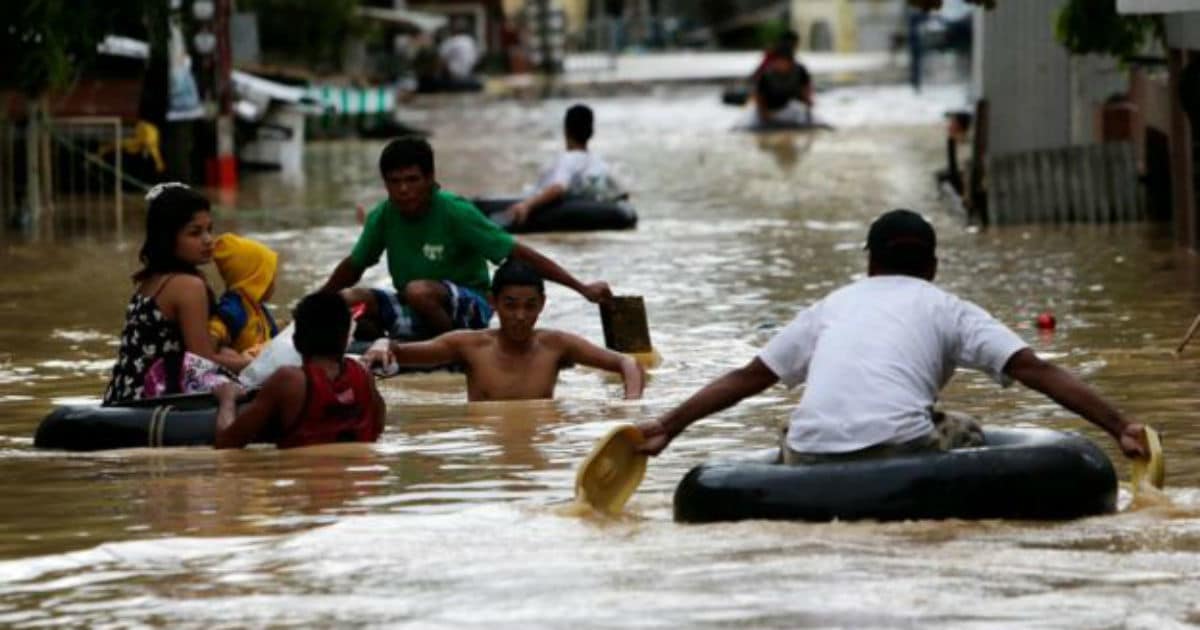Culture
What To Do Before, During, and After a Flood
Flooding has become a serious (and more frequent) problem these past several years, not only in the United States but in many nations across the globe. According to the National Geographic, flooding in the US leads to $6 billion worth of damage and the loss of about 140 lives every given year.
Meanwhile, a 2007 report by the Organization for Economic Cooperation and Development even confirmed that “coastal flooding alone does some $3 trillion in damage worldwide.”
Climate change is real and now we’re paying the price.
“There are few places on Earth where people need not be concerned about flooding,” NatGeo further tells us. “Any place where rain falls is vulnerable, although rain is not the only impetus for flood.”
So what do you do to stay safe when flooding hits your area? As with all things, preparation is the key. Read on as we share several safety precautions you should keep in mind before, during, and after a flood.
Before a Flood
1. Be aware. Stay updated about weather advisories and local flood warnings so you can take appropriate action. Sign up for emergency alerts, monitor the news, and follow relevant social media media pages.
2. Prepare a survival kit. According to the RedCross website, a survival kit should include these basic supplies: easy-to-prepare food, water, hygiene items, flashlight, battery-powered radio, extra batteries, first aid kit, multi-purpose tool, cellphone with chargers, copies of personal documents, map(s) of the area, cash, and medication, if needed.
3. Gather important contact numbers. Save the contact information of your family members along with emergency hotlines not only in your mobile device but also in a notebook or paper. As necessary, provide copies for each member of the household.
4. Have a family emergency plan. Ready.org encourages learning and practicing “evacuation routes, shelter plans, and flash flood response” way before disaster strikes.
5. Protect your belongings. Move your essentials to an upper floor.
During a Flood
1. As much as possible, avoid wading in the flood. Floodwater can carry different diseases plus there’s always the risk of stepping on dangerous debris. In some instances, downed power lines may also electrically charge the water.
2. Evacuate immediately if advised. Be aware if there are possibilities of a flash flood. For your own safety, don’t wait until it’s too late.
3. Stay away from fast-moving water. Do not walk, swim, or drive through raging floodwaters because it can drown you.
4. If trapped in your home or in a building, go to the highest level. If needed, go to the roof and signal for help.
After a Flood
1. Wait for instructions from the authorities. If you evacuated, do not return home until it is safe.
2. Wear gloves and boots during clean up. This is important since snakes and other animals may have found their way into your home.
3. Be cautious about electrocution risks. Never touch electrical equipment if they’re wet or if you are soaked in water.
For more information, watch this video:

-
OMG6 years ago
Man Iced Neighbor Who Repeatedly Asked Him “When Are You Getting Married?”
-
Interesting7 years ago
The Secret Meaning of Anklets And Why Some Wives Wear Them
-
Interesting7 years ago
Waking Up Between 3 to 5 AM Could Mean You’re Experiencing Spiritual Awakening
-
Interesting6 years ago
Pork Fat Is Officially One of the World’s Most Nutritious Foods



































